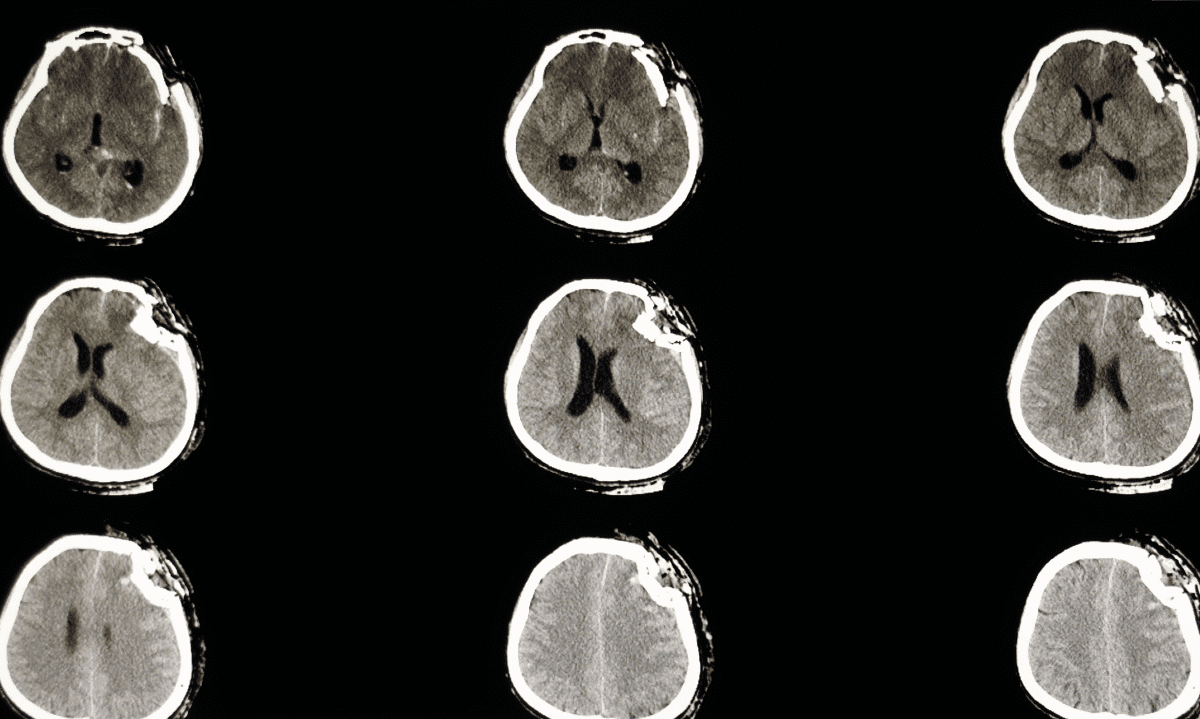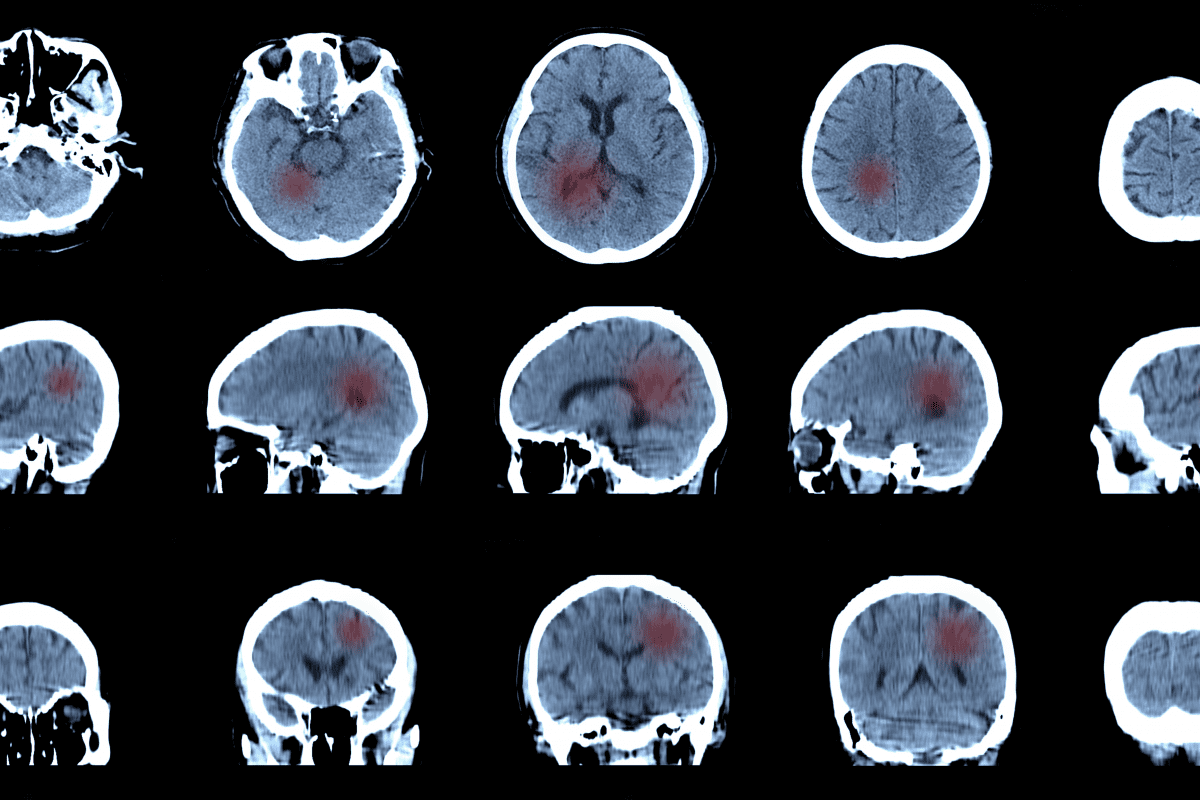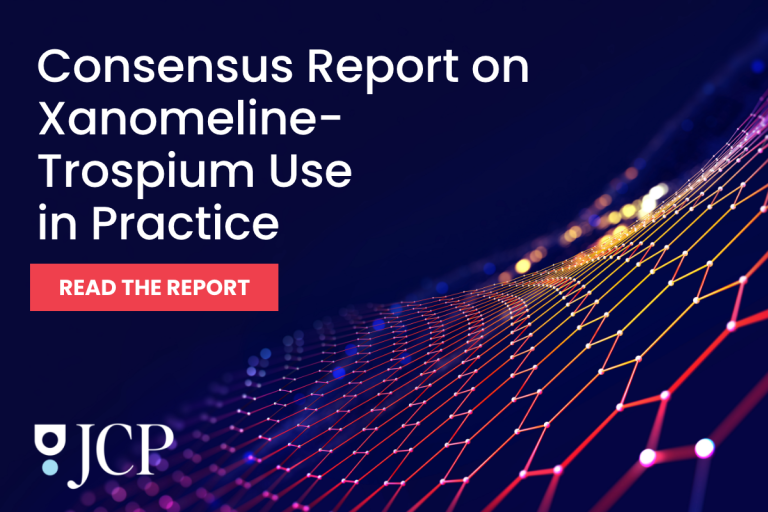A massive new population study out of Ontario has stirred up some new questions about the long-term ramifications of a simple concussion. That includes questions about whether doctors should warn patients about something more threatening than headaches and fatigue.
The analysis, appearing in BMJ Open, suggests that adults who suffer a concussion face a much higher risk of being injured in a severe motor-vehicle crash. And that elevated risk appears to linger for years. Sure, the danger spikes in the first month after a concussion. But it never goes away completely.
“I worry that sometimes a concussion requires more recovery time than most people realize,” Sunnybrook Research Institute scientist and lead author Donald Redelmeier, MD, revealed in a statement. “Rushing things might lead to another injury including a life-threatening traffic crash.”
Methodology
The findings come from one of the largest investigations of its kind: a 20-year, population-based cohort study of more than three million Ontario ER patients. Of those, 425,158 received a concussion diagnosis. And 2.6 million served as neurologically intact controls after seeking care for less-serious issues.
The authors added that all of the study participants were old enough to drive and free of conditions such as dementia or vision loss that might independently disqualify them from being on the road.
Over a median follow-up of 10 years, 200,603 of the study participants later sustained motor-vehicle crash injuries serious enough to require emergency medical care. Roughly one in 15 adults in the sample ended up back in the ER because of a traffic collision.
But the odds were hardly distributed evenly. Patients with a history of concussion had a 49% higher adjusted risk of a future crash than those in the control group. In raw terms, the concussion group averaged 10.58 crashes per 1,000 patient-years, compared with 6.18 per 1,000 in the control group.
The pattern was especially striking in the first 30 days after injury. During that short window, the study found a sixfold increase in relative crash risk—an early danger period that alone accounted for more than 5,000 collisions. Even beyond the acute phase, the elevated risk persisted for years.
A Constant That Ran Through Every Subgroup
The authors dove into subgroup analyses to test the connection. The increased risk ignored virtually every demographic: young and middle-aged adults, men and women, urban and rural residents, and people from all income levels. And in some cases, the absolute post-concussion risk eclipsed the baseline risk of historically higher-risk groups.
For example, a woman with a recent concussion had a higher annual crash rate than a man with no concussion. The pattern held even after excluding anyone who had a prior crash in the preceding decade.
The researchers also considered underlying medical conditions that can affect driving – from alcohol use to sleeplessness to depression. While many of these factors certainly revealed their own ties to higher crash risks, the concussion signal remained pronounced and statistically independent.
The nature of the crashes also offered clues. Single-vehicle collisions seemed to be notably more common for drivers after a concussion. So were more severe crashes, which required higher-acuity triage and ambulance transport.
And, yet when researchers ran “negative control” comparisons – looking at rates of unrelated emergencies – no similar pattern appeared.
One of the study’s most intriguing – if unsettling – discoveries involved those who’d suffered more than one concussion. Those patients who’d reported two concussions had more than double the average crash risk. And those with three boasted a 124% increased risk.
Explaining the Link
The researchers stopped short of claiming a direct connection between concussions and future motor vehicle accidents. To start, they acknowledged the possibility that the same behavioural tendencies that increase collision risk might also make someone more likely to sustain a concussion in the first place.
Even so, the researchers sketched out several biologically plausible pathways. Post-concussion symptoms can include slowed reaction times, lapses in attention, irritability, fatigue, impaired sleep, and other subtle neurocognitive deficits that might hang on long after obvious symptoms clear up. These issues could seriously hamper driving performance.
Public Policy Implications
“These results highlight the importance of traffic safety following a concussion as well as preventing concussions in the first place,” Stanford University statistics professor and co-author Robert Tibshirani added.
Rather than suggesting blanket driving bans for concussion patients, the researchers instead pushed for more realistic, patient-centric guidance. That, they add, might include discussions about the early post-injury danger period; screening and treating symptoms like insomnia, headaches, and mood changes; and encouraging patients to avoid high-speed or late-night driving in the weeks after an injury.
A concussion doesn’t just rattle the brain for a few days. It appears to quietly elevate a person’s risk on the road for years, presenting an invisible hazard that deserves more attention from both clinicians and patients.
Further Reading
History of Concussion and Risk of Severe Maternal Mental Illness
Herpesvirus Reactivation Boosts Dementia Risk After Brain Injury



